This article is part of our in-depth Meat, Fish & Poultry feature.
When Horsegate hit, Morrisons was the only major retailer to escape unscathed. Not only were its stores found to be horse-free zones, it dodged the shockwaves that hit the industry in the weeks after the scandal broke, reporting soaring fresh meat sales as customers flocked to Market Street for advice and reassurance.
Its secret? Vertical integration. Sir Ken Morrison had always sworn by it to help Morrisons compete on price against larger supermarkets. And as the only retailer to own its abattoirs and meat processing plants, Morrisons was able to guarantee traceability and provenance its rivals could only dream of.
Three years on, and vertical integration has delivered another benefit: the momentous deal to supply e-commerce giant Amazon means Morrisons, which has lagged behind its peers online, can potentially ride the wave of Amazon’s Fresh launch here in the UK.
But vertical integration also has its critics. With Morrisons unable to capitalise on Horsegate to any lasting degree due to the wider disruption caused by the discounters, sales and profits have nosedived, and that’s had a knock-on effect on some of its manufacturing businesses. The retailer was even rumoured to have considered the sale of its Woodhouse Brothers abattoirs - although such speculation, which it always denied, has been put to rest with news of the Amazon deal.
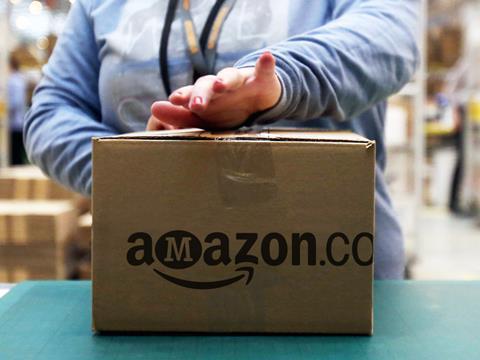
So what are the pros and cons of vertical integration? Are fully owned meat supply chains an asset or an albatross in today’s retail climate? And what supply chain models are other supermarkets developing?
Morrisons’ acquisition of abattoir and meat processing operation Woodhead Brothers in 1991 was one of its first steps into vertical integration, and a giant leap into the unknown for a UK supermarket.
By taking full ownership of its meat supplier, Morrisons became the only major supermarket to buy cattle, sheep and pigs direct from British farmers and control its entire supply chain from farm to fork.
The Morrisons model: 17 sites
Morrisons isn’t just a supermarket. It is the second largest food manufacturer in the UK, and produces 60% of its fresh food in-house. It has 17 sites producing fish, bread, flowers, chilled foods, fresh produce, and meat, among others.
Fresh produce has always been a big focus of its vertical integration model: it is the only supermarket with its own fresh produce packing distribution centres and around 70% of the fruit & veg sold in stores comes from six UK sites.
Morrisons moved into bread after buying the former Rathbones bakery in 2005, and added flowers in 2011 with the acquisition of Flower World. In 2012, Morrisons opened a seafood processing operation in Grimsby, one of its most successful ventures. After “smashing all expectations” in its first year, the fish business was recently expanded with the purchase of a former Kerry Foods factory.
It was a radical move, and although some in the City have been won round, even today the concept divides opinion. Undaunted Morrisons has continued to build on its vertical integration capabilities under successive management regimes, most recently acquiring seafood facilities in 2012, which it has subsequently grown with further investment.
That’s because vertical integration, when it’s done right, can offer more than just supply chain transparency. “We can use our manufacturing business to drive prices lower and volumes higher,” says a Morrisons spokesman. “We have direct access to primary producers, which means secure supply and no middlemen, and we have provenance - so we know where much of our meat comes from.”
Sales and marketing functions add around 20% to a meat processor’s cost base. Security of supply also means Morrisons can invest in the latest technology without risk. As a result the plant and machinery at Woodhead is among the most cost-efficient in the world.
As Will Hayllar, a senior partner at strategy consultants OC&C, says: “It’s given Morrisons the confidence to invest in new facilities: because they knew half the business wasn’t going to disappear overnight.”
Woodhead also has an advantage over other meat processors when it comes to carcase balance, says Hayllar. Not only can Morrisons structure in-store offers around specific parts of the carcase that Woodhead needs to shift, the supermarket’s Market Street model means it sells a much wider range of cuts than other supermarkets. “They’ve been able to take unfashionable cuts such as tripe and offal and package it as stew kit, while also pricing it competitively.” .
But while vertical integration can help with carcase balance, it doesn’t entirely solve the problem. There is a limit to what Brits will eat - especially when it comes to fifth-quarter products. Indeed AHDB head of trade marketing Mike Whittemore believes “carcase balance is the biggest downside of vertical integration for Morrisons. It is clearing the deck through its wholesale business and via exporters, but getting the right price can be challenging.”
“We have direct access to primary producers, which means secure supply and no middlemen, and we have provenance - so we know where much of our meat comes from.”
And although demand planning is a pro for vertical integration in principle, it doesn’t always go smoothly. “Offers in particular can go very wrong if there is a breakdown in communication between the buying and selling aspects of the business,” says one source. “Although they have made some progress, they have some way to go in effectively working together to balance the carcase.”
Cosiness is another potential problem for a vertically integrated supply chain, he adds. “It can be harder to challenge and make really big asks of your supplier if your boss sits on the same board as your supplier’s chief executive. Sometimes getting another company to do something quickly is easier than getting your own company to do it.”
Another - more controversial - downside to vertical integration is the fact that as a fully owned subsidiary, Woodhead Brothers is the only UK meat processor to be covered by GSCOP. This arguably puts it at a competitive disadvantage to other major meat players, who have more wiggle room with farmers, though experts agree Woodhead is an “extremely efficient meat processing operation”, with excellent relationships with its suppliers.
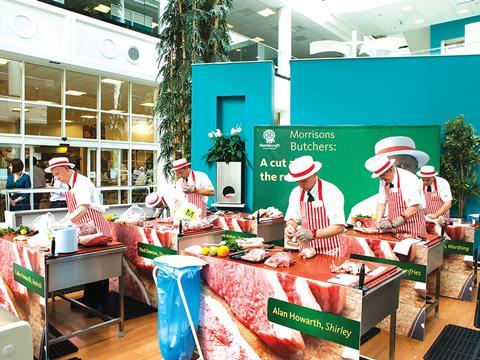
Operating margins
The proof, of course, is in the pudding. And vertical integration worked well for Morrisons when it was in growth, with Woodhead and Farmers Boy enjoying among the best operating margins in the industry. When sales began plummeting in the face of an increasingly fierce retail market, however, its integrated supply chain became much trickier to manage.
Some strange appointments didn’t help, but the biggest issue, with its sole retail customer’s sales in decline, was sudden overcapacity. Unable to sell to rival retailers, it was forced to offload more product into wholesale - a significantly less profitable route to market. At the same time, while other retailers were able to put pressure on their meat suppliers to cut prices to fund rampant discounting in recent years, Morrisons had to find its own efficiencies.
Operating profit margins at Woodhead Bros fell from 7% to 3.5% in the y/e 28 February 2014 - well below its trading norm. At Farmers Boy they came down from 10.7% to 8%. But more recently the picture has improved: margins at Woodhead surged to 8.6%; and at Farmers Boy margins rose to 9.1% helped by a 14.3% increase in sales.
The landmark deal to supply Amazon can potentially strengthen its position still further. But having to meet specific orders from a third party will potentially add complexity to the supply chain.
“It’s not an easy thing to get right but once you have committed to vertical integration, it’s not something you can tinker with easily,” says one source. “If you start playing around with third parties, thinking ‘could I get a better deal?’, you risk messing it up, because you introduce complexity. The big benefit of vertical integration is certainty of volumes and the simplicity that brings, and there’s a risk you damage the economics if you take it away.”
”The big benefit of vertical integration is certainty of volumes and the simplicity that brings, and there’s a risk you damage the economics if you take it away”
On the other hand Morrisons believes it’s identified £50m-100m in extra profits from its wholesale business from Amazon and other deals with third parties.
In the meantime other mults have also been looking closely at the structure of their supply chains, partly in response to Horsegate, and partly with a view to sourcing better prices. Asda in particular has looked towards further integration, including on the meat side, recently taking full ownership of Normanton-based cooked-meat producer Forza and Cleckheaton-based bacon producer Kober through its IPL sourcing arm, after a five-year joint venture with previous owner Max Hilliard.
The Asda/Forza model differs from the Morrisons vertical integration approach, however, in that Asda doesn’t have responsibility for the kill and therefore doesn’t have to worry about the complexities of the carcase balance. As Chris Stott, partner at KPMG, points out, by setting up a joint venture instead of buying the business straight away, Asda also cleverly kept a strong incentive mechanism in the arrangement to collaboratively drive performance.
“Asda basically backed Hilliard, who has been a leading pig processor in the UK for the last three decades, to set up a site and create a differentiation for Asda in the cooked meat proposition,” says Stott. “Key success factors in this arrangement were strong reliable volume demand, flexible global sourcing, world class production processes and a motivated workforce. Asda decided to buy at the end of the five year arrangement, so it obviously worked for them.”
Transparency and optimising the economics
And while other supermarkets don’t want to take on the risks that come with full ownership, there’s no doubt longer-term contracts and closer tie-ups are becoming more common. “Retailers are looking to get some of those benefits in terms of transparency and optimising the economics,” says Hayllar.
Waitrose’s partnership with Dovecote Park is a good example, with Tesco also taking a long-term approach as its recent five-year deal with meat packer Hilton Foods attests. “Tesco has decided Hilton is world-class at packing so it wanted to bring that business closer,” Stott says. “They don’t own Hilton but they are very well aligned.”
“It’s all about certainty of supply,” says a senior meat buyer at Tesco. “We want to be clear with our partners and to move away from end of year tenders towards three- to five-year plans. We want to make the right decisions on product for the long term, so [our suppliers] invest and so we achieve better product and better prices, based on true cost of production.”
These new supply chain models are unquestionably helping supermarkets simplify their supply chains and guarantee provenance and traceability, without necessarily having to worry about the potentially unprofitable processing bits.
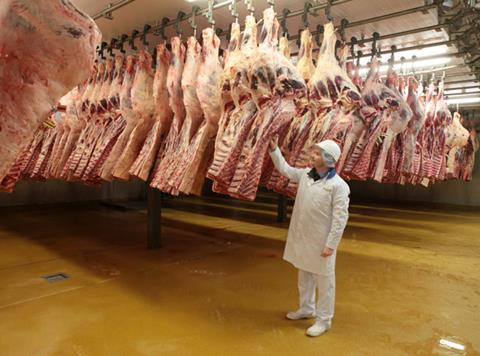
Vertical integration for processors
As supermarkets look to simplify supply chains, meat processors have had to think much harder about vertical integration too. “Meat is pretty much an own-label category, and 75% of meat supply is through the top five or six retailers,” says Stott. “You haven’t got many other places to go so suppliers ultimately need to get really efficient at what they do otherwise they could struggle to compete on price and ultimately may lose out.”
Pork supplier Cranswick bought its Norfolk pig farms three years ago, and now controls the whole chain from rearing to kill, added value, processing and supply.
Poultry businesses like Moy Park and 2 Sisters are also highly integrated. “Vertical integration gives you complete control of the supply chain - from genetics to breeding programmes, feed and farm management,” says Justin Coleman, agriculture development manager at Moy Park. “It all boils down to control and taking variability out of the supply chain so you end up with as close as you can get to consistent production and supply week in and week out.”
Coleman believes ownership of the supply chain is better placed at processor level, with strong retailer relationships key to completing the chain. “We have always tried to have close working relationships with our customers so they get the insights from an integrated supply chain but don’t necessarily run it themselves,” he says.
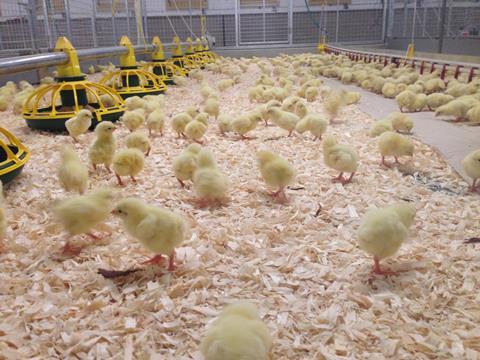
As the retail sector moves further towards traceability and integrity, vertical integration at supplier level will become even more important, Coleman claims. “People are starting to look further back down the chain around things like welfare credentials, feed sourcing and environmental issues,” he adds. “Vertical integration is a really good way of delivering those big strategic objectives.”
Currently, there is much less integration on beef and lamb, where the supply base is far more fragmented than with poultry. “Poultry is much simpler to integrate than beef, where the lifecycles are so much longer and you need more land,” says Whittemore.
But as red meat businesses look for ways to improve traceability and food safety, Whittemore believes we will see more vertical integration across meat and poultry suppliers in the future. “There are huge benefits for a meat or poultry processor to know exactly where its raw materials are coming from,” he adds. “And the retailers can in turn trust their processors.”
And at the end of the day, however important price is, trust is the most important asset for any meat supply chain.







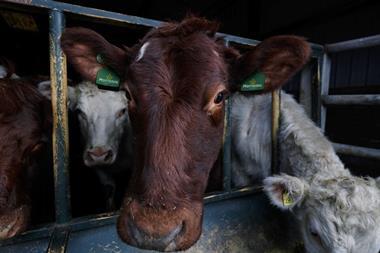
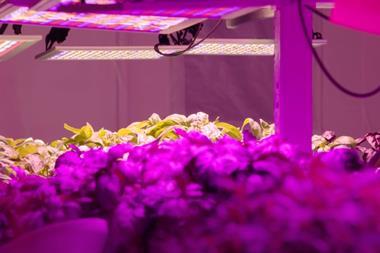
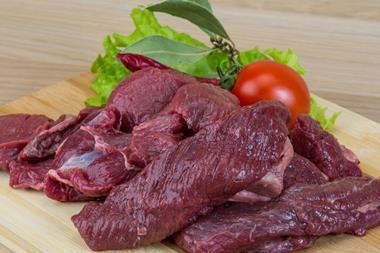
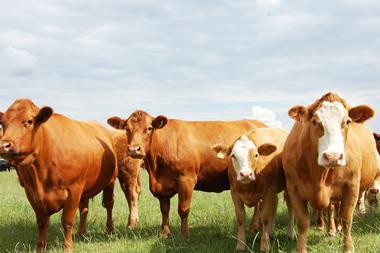
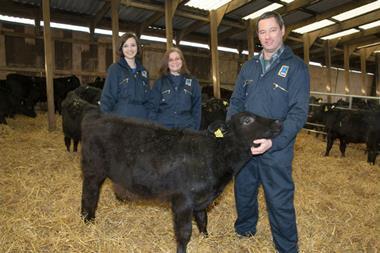
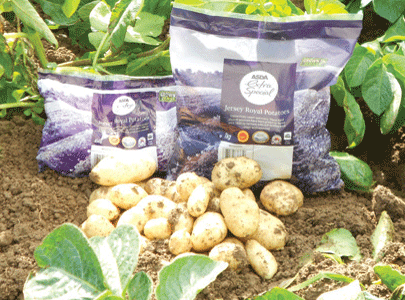






No comments yet